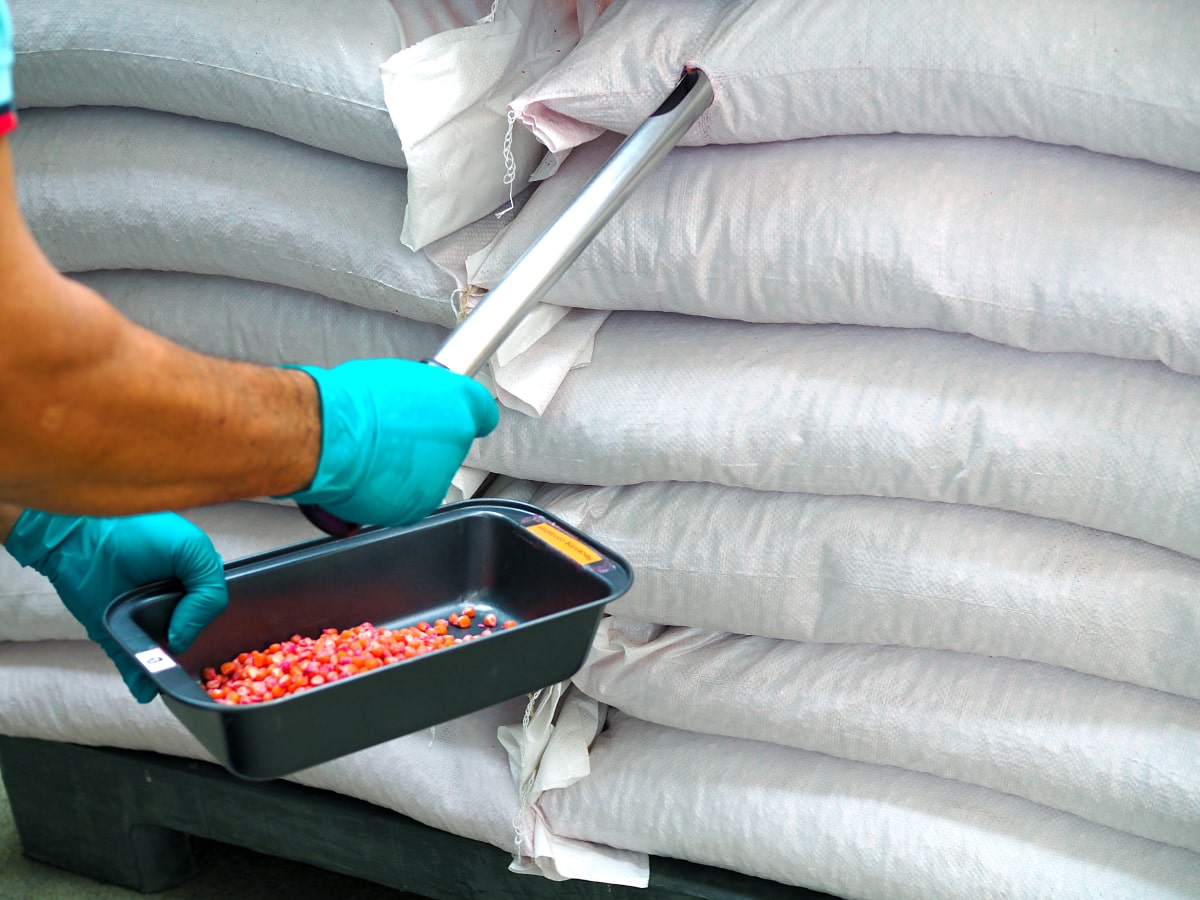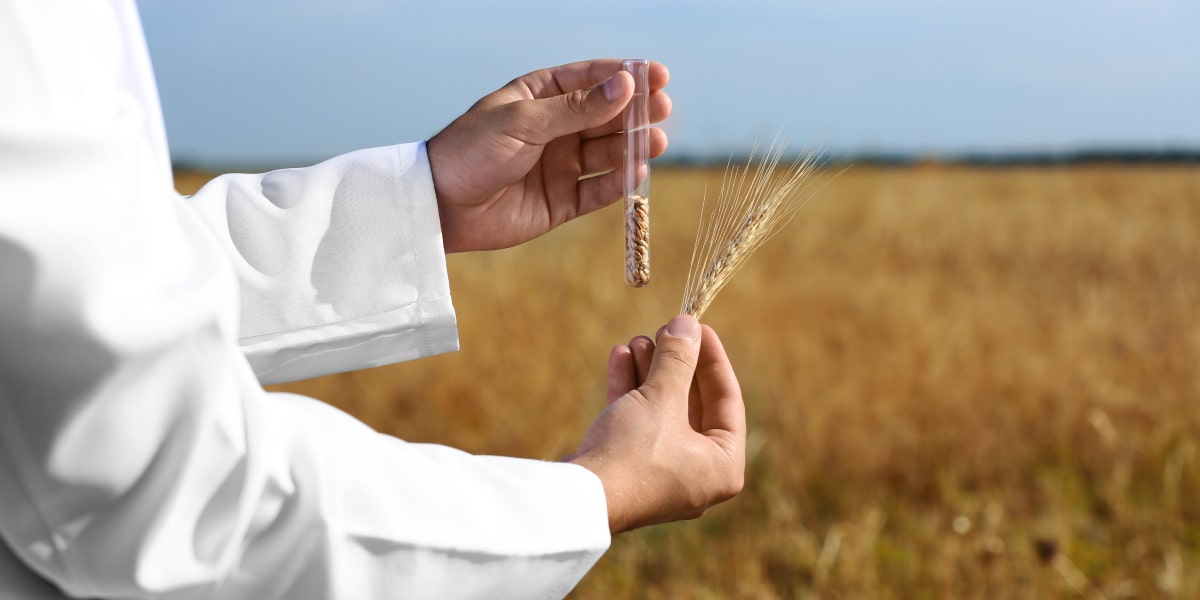Introduction
Three components of analysis of any test parameter have crucial impacts on your test reports through the cascade of sampling technique, sample preparation, and sample analysis. The first step is the sampling procedure, which is one of the crucial steps but is always considered lightly, and ultimately, your test result becomes a false representation of the actual results, therefore sampling is an imperative part of any kind of analytical testing.
What are sample, sampling, and sampler?
A sample is defined as the fraction of mass, quantity, or numbers of the whole lots that are considered to be well representative of those lots. It is a representative amount or number called a “sample” to derive information on its status. The process of obtaining a sample is called sampling, and the person who is collecting or drawing samples is called a sampler. The method used to collect samples varies depending on the goal of the test or study, the type of sample being used, and other elements.

What is the type of sampling method?
There are two major groups of sampling methods: Probability sampling and Non-probability sampling. Probability sampling is based on a random selection in which the chances of selecting an entity as the sample are equal among the lots or consignments, and this method of sampling is more complex, time-consuming, unbiased, and expensive in comparison to non-probability sampling. The significance of probability sampling is that it assures representation of the population, and this method makes it objective to prove the pre-assumed hypothesis.
The non-probability sampling method employs subjective judgment and biases full sampling in a non-randomized manner; during this process, the chance of all entities has not ensured the representativeness of whole lots or consignments, and it is a simple, inexpensive, and quick way to generate data through these studies.

Types of Probability Sampling:
Further probability sampling can be classified into four types, such as Simple random sampling, Systematic sampling, stratified sampling, and Clustered sampling.
ii. Systematic sampling: In this method, a sampler selects members of the population at regular intervals. A sample of size “n” from a population of size “N” should be selected for each systematic sampling interval K = N/n individuals for the sample. Let’s make this clear with an example: the required sample size is 1000 from a population of 100000 items; select every 100000/1000 = 100th member of the sampling frame. It is mostly used in a process-chain system.
iii. Stratified sampling: A lot or population divides subjects accordingly into subcategories called strata based on characteristics that they contribute to (e.g., maturity, quality, and other factors) and randomly select the sample.
iv. Clustered sampling: Subgroups of the characteristic population are considered units of sampling instead of individuals. These populations of units refer to clusters, which are arbitrarily selected to be incorporated into the laboratory testing analysis.
Types of Non-Probability Sampling:
Further non-probability sampling can be classified into several types such as convenience sampling, quota sampling, judgmental sampling, consecutive sampling, and snowball sampling.

ii. Quota sampling: Lots are made of several groups representing various characteristics, and then samples are collected from each group. It is considered profitable, but it is less consistent than random sampling.
iii. Judgmental sampling: It is also known as purposive sampling or authoritative sampling. It is done by sampling entities selected only on the basis of the researcher’s experience, understanding, and conclusion. Judgmental sampling is well known for its high accuracy and low margin of error.
iv. Restricted sampling: Restricted sampling occurs when entire lots or consignments are unavailable, and samples must be collected. For example, samples drown when they are loaded into any chambers or trucks that are not representative of the entire population of samples.
Sampling Requirements:
- Visuals and records are carefully inspected and made at the sampling site before sampling.
- Use good sampling devices as per the requirements of the commodity and type of sample.
- A requirement-appropriate hygienic samples’ container that does not allow cross-contamination and is compatible with the testing performed and transportation from the sampling site to the lab.
- A requirement notebook, a sampling checklist, a standard operating procedure (SOP), an ice bag with a box (depending on the nature of the sample and the test parameter), and sampling tools are all required.
- To maintain samples’ integrity along with their records.
- There is a need for attention during the preservation, packing, and delivery of the sample to the lab under the required time frame.
- Labelling and records

How is the sample size determined?
The formula most frequently used to calculate sample size is the Yamane formula (1967:886). It is a simplified formula to compute sample sizes. The following formulas only apply to lots or consignments with known population sizes:

Whereas,
n= Corrected sample size, N = Population size, and e = Margin of error (MoE), which is research condition dependent.
Besides testing, what other services does Cultivator Phyto Lab offer?
On request, Cultivator Phyto Lab offers sampling anywhere in India. The laboratory is equipped with sampling instruments and equipment along with samplers who are trained, experienced, and properly authorized in accordance with requirements. We carefully adhere to all relevant protocols, techniques, methodologies, and precautions when drawing and handling samples, preserving them in their original condition or keeping their integrity until they are evaluated in the laboratory, preserving the validity of your sample.
Author
Dr. Sanjoy Gupta and Pramod Kumar Rai

